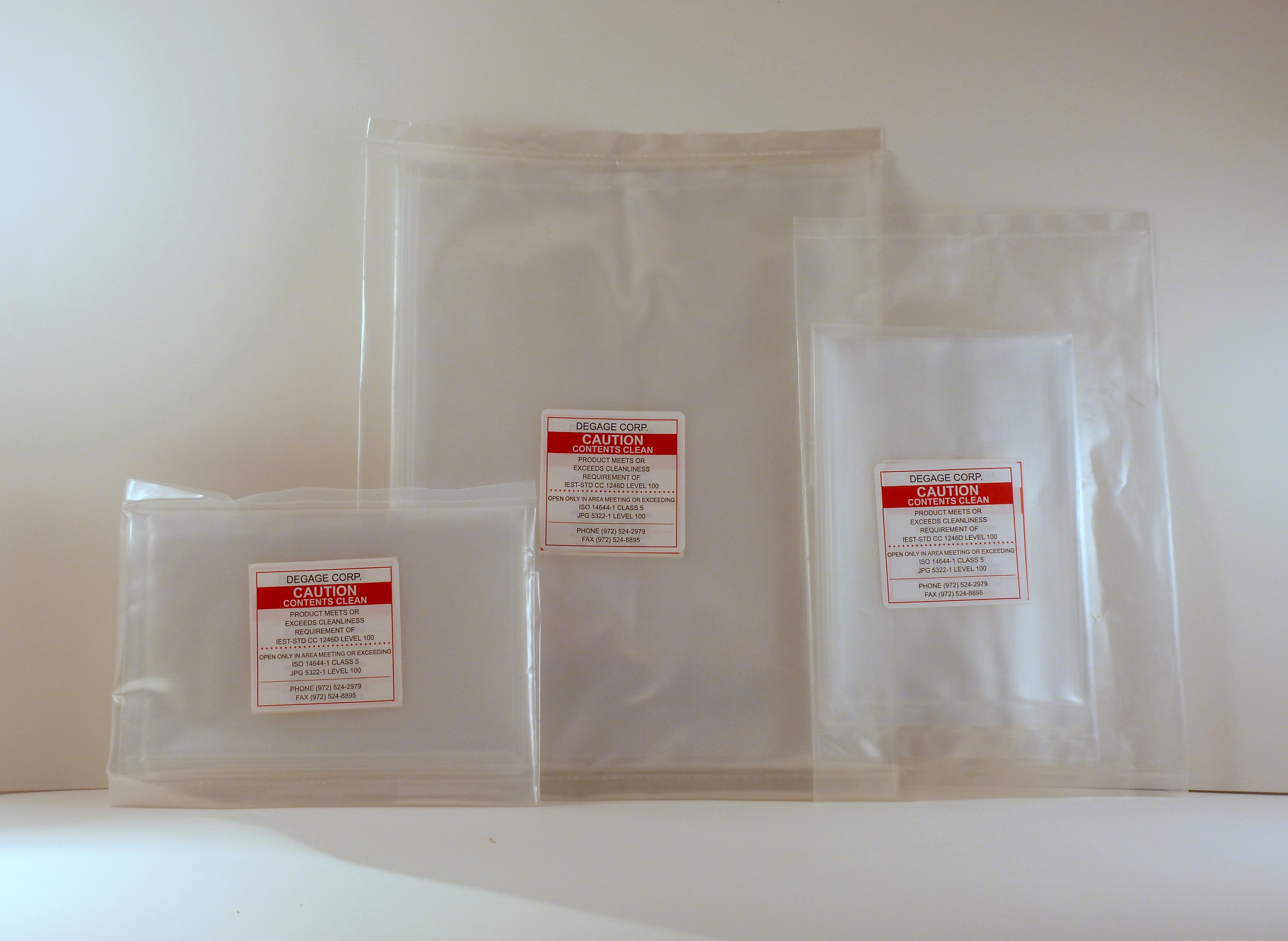Packaging is crucial for every company no matter what kind of industry it is. It is a defined element that surrounds the product right from the production stage to its use.
In the drug industry, it is the most important component. Every drug has a different specification attached to it. Labeling and packaging are the essentials, as they involve health concerns. They are the most crucial requisites of the health and pharma sector. The packaging quality has to be outstanding as it has to maintain and upkeep the drug quality.
A packaging film has good barrier properties. But if supported by film types, coatings, and various other manufacturing methods, the positive results are worth a consideration.
Easy handling and storage, cost convenience and savings etc. Packaging as perk has cemented itself pretty well in the world of manufacturing.
Importance of packaging films in the pharmaceutical sector:
- Protects and maintains the drug quality.
- Protection against biological and physical damages.
- The packaging also involves labeling. It carries correct information and identification of the product.
- Provides protection against any damages that are caused due to external influences which tend to alter the properties of the product.
Wide role of packaging in the pharmaceutical industry:
- Containment of the product
- Preservation against moisture, light and other biological and mechanical damages. Also counterfeiting
What should be material characteristics of the packaging film?
- It should maintain the physical qualities of all dosages.
- It must protect against all damage and breakage issues.
- It should have an identity of the product
- It should maintain the characteristic properties of that particular product.
- It must protect the product from deteriorating its physical, biological and chemical entities.
Criteria for selection of packaging material:
- Moisture barrier
- Light barrier
- Gas barrier, and
- Chemical barrier.
The impediments of the packaging films material and a high technological nature of medicinal products are so complex that manufacturers have to tackle significant problems. The interaction between packaging and pharma products is only possible through the combination of a multiplicity of container components. They are versed with active pharmaceutical ingredients. Suitable solvents and excipients are used in a range of dosage forms.
Various types of packaging films for the pharma industry:
PVC or PVDC films
PVC i.e. Polyvinyl chloride and PVDC i.e. polyvinylidene chloride are useful in pharma industry as prime packaging materials. They protect pharmaceutical products against Oxidation. It protects from odor, water-vapor transmission, contamination, and bacterial attacks.
A-PET and PET-G
APET is a procedure in PET packaging. It is the very common material used to make products like water bottles. PET-G is quite similar to the PET package. Just one difference, “glycol”. It prevents crystallization and does not let it break. Its soft exterior makes it impact-resistant.
ALU- ALU FOILS:
Their properties combine to give user-friendly and safe packaging formats. It is applicable to pharmaceutical creams, tablets, powders, and liquids. Alufoil has amazing barrier properties which totally exclude oxygen, moisture other gases, micro-organisms, and light etc. It can maintain degradable products in harsh conditions over a long period of time.
BLISTER FOILS:
Blister Foils are various types of pre-constructed plastic packaging methods. They are used for small consumer goods, pharmaceuticals, and even food. The prime element of a blister pack is its cavity or pocket made from a web, it is more often a thermoformed plastic.
In the manufacturing of pharma products, quality assurance is often defined as “the aggregate of the arrangements made with the aim of ensuring that pharma products are of the quality needed for their intended use”




 Virgin Barefoot Polyethylene is not a recycled polyethylene and has not been reprocessed or repurposed therefore it is free of any impurities and Contaminates. Recycled Polyethylene’s may contain oils, dirt’s or any number of contaminants that could have been picked up throughout resin manufacturing. These contaminates could weaken the material and provide inconsistency’s in the finished product. Only the purest materials should be allowed into a class 100 or class 50 environment. Unclean or recycled LDPE could leach contaminates or out gas into your clean environment or onto your once clean product. This potential for leaching and outgassing could easily shut down a clean room and cost days of downtime to decontaminate your environment.
Virgin Barefoot Polyethylene is not a recycled polyethylene and has not been reprocessed or repurposed therefore it is free of any impurities and Contaminates. Recycled Polyethylene’s may contain oils, dirt’s or any number of contaminants that could have been picked up throughout resin manufacturing. These contaminates could weaken the material and provide inconsistency’s in the finished product. Only the purest materials should be allowed into a class 100 or class 50 environment. Unclean or recycled LDPE could leach contaminates or out gas into your clean environment or onto your once clean product. This potential for leaching and outgassing could easily shut down a clean room and cost days of downtime to decontaminate your environment.
